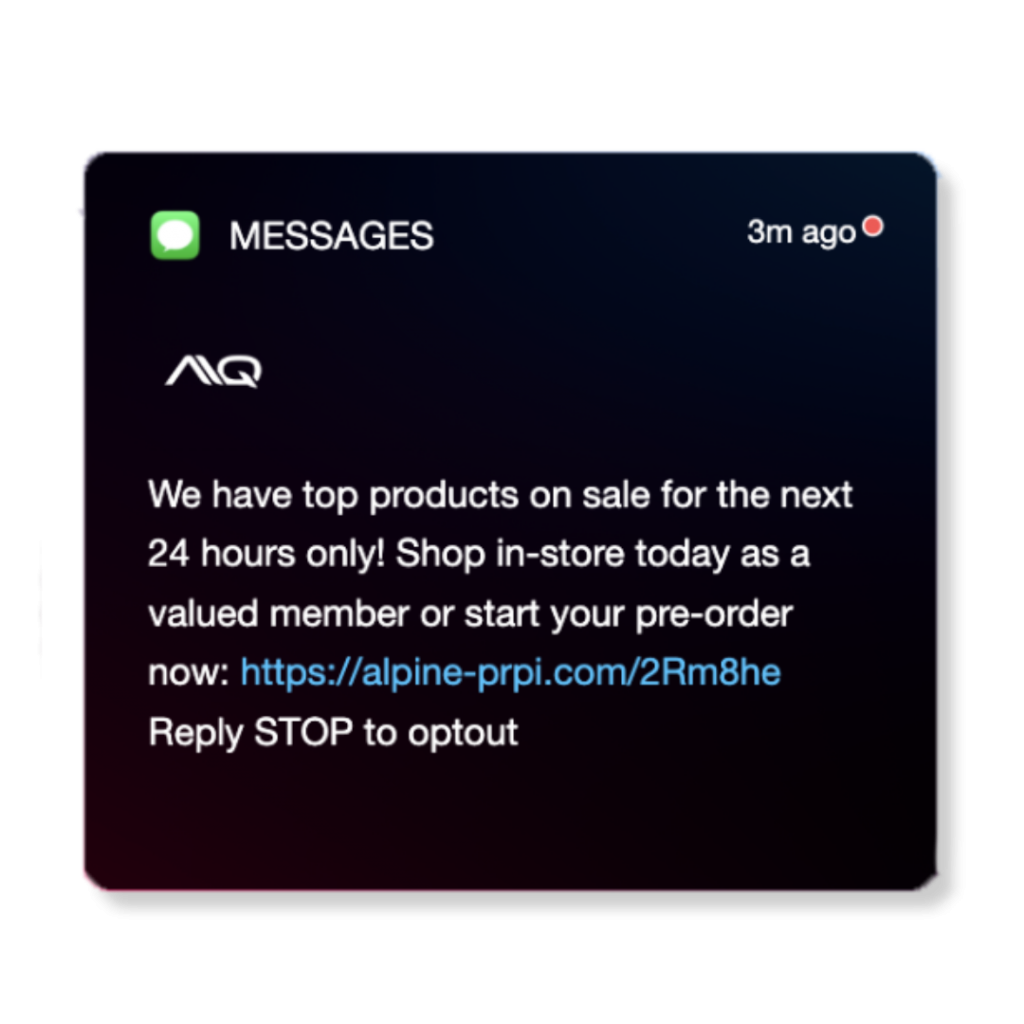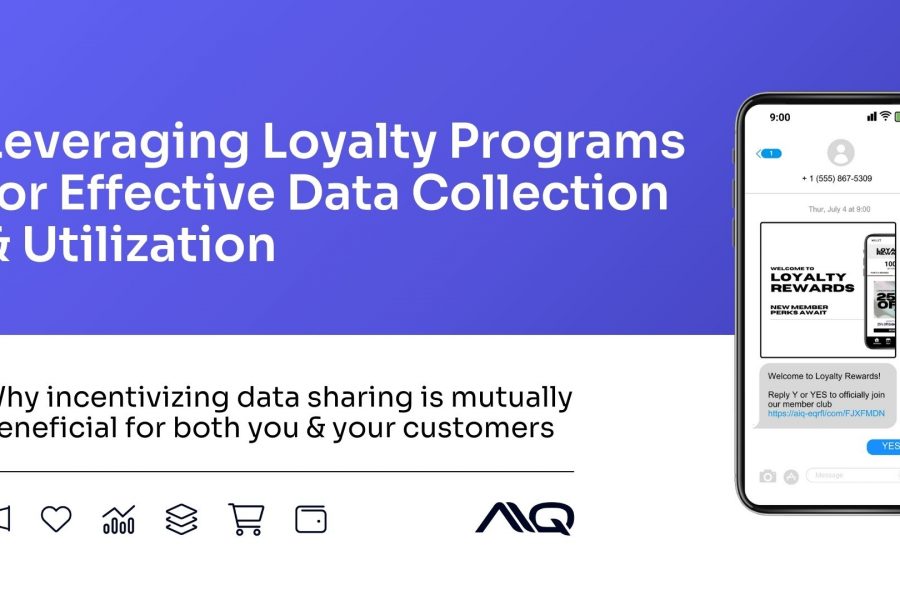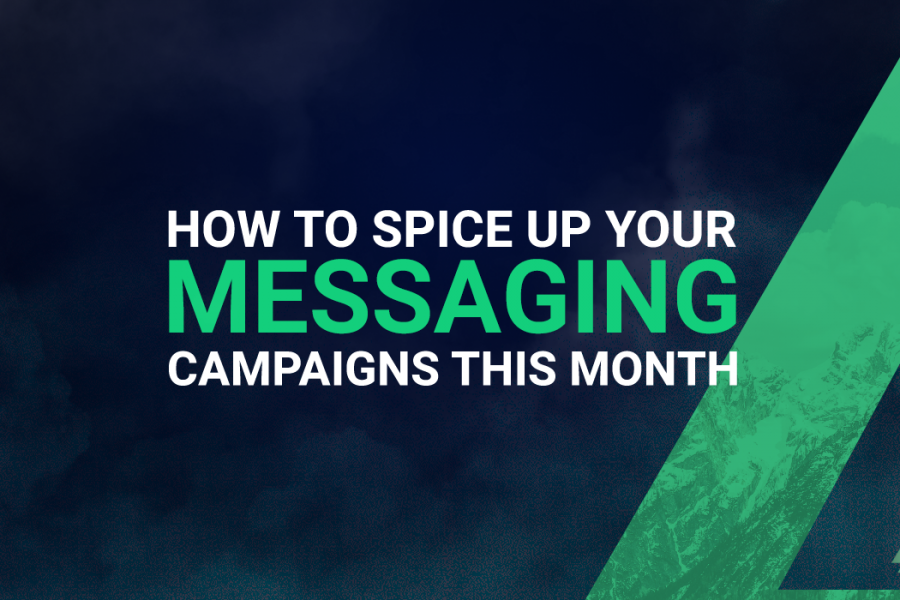Carrier Filtration’s Influence on SMS/MMS Campaigns
SMS/MMS messages go through the most robust filtration process in comparison to other channels like email, push-notifications and voice-drops, especially in regulated industries. On top of this, flagging methods and filtration standards are 100% controlled by wireless carriers, both of which are the key determinants of a message being approved for delivery or not.
Because of this, it is increasingly difficult to develop reliable best practices for SMS/MMS that can be incorporated into a long term messaging strategy.
In order to best optimize your messaging strategy, it is important to first understand the role of carrier filtration when it comes to campaign performance.
As mentioned, the filtration process led by wireless carriers determines the deliverability of your SMS/MMS campaigns almost entirely. To effectively develop an optimized messaging strategy, understanding the vetting process and how deliverability works is imperative for success, especially when it comes to combating carrier filtration.
SMS & Telecom-Related Terms to Know
Before we dive in, review our glossary of SMS & Telecom related terms to help support as you read along.
- Aggregator: A company that provides a bulk SMS (short message service) solution to brands and enterprises.
- API: An abbreviation for “Application Programming Interface,” an API is a set of programming instructions that allow software to interact with other software. In the context of messaging, an API would allow a chat app to connect with a carrier in order to send and receive SMS messages.
- Carrier: Carriers, or wireless service providers, are the companies that you buy your cell phone service from. Some major carriers are AT&T, Sprint, T-Mobile, and Verizon. They are responsible for building and maintaining the networks that your messages travel on.
- Direct-to-carrier: As the term suggests, this is a direct connection between a sender and a carrier. This is the most reliable way to ensure that messages are delivered, but it’s also the most expensive.
- Filtration: In the context of this article, filtration is also called message filters. These are special software programs that scan messages for certain keywords or content and can block them from being delivered if they are found to be in violation of regulations.
- Routing: In telecoms, routing refers to the process of delivering messages from the sender to the intended recipient.
- SMS: An abbreviation for short message service, an SMS refers to a text message that is limited to 160 characters.
- Telecom: An abbreviation for telecommunications, telecoms refers to the electronic transmission of data, usually in the form of text or voice messages.
Now, we’re ready to break down the filtration process and explore how messages get sent from AIQ to the intended recipient. Let’s break it down.
Step-by-Step: How AIQ SMS/MMS Campaigns Get Delivered
Step 1: Marketing campaign is built in AIQ & scheduled to be sent.
Step 2: AIQ sends the campaign through a carrier aggregator (i.e: Twilio, InfoBip, Sinch, etc.) in order to push the message from our platform to wireless carriers. Aggregators are essentially gatekeepers to carriers and maintain complex backend systems that allow platforms to build on top of them through API’s.
Step 3: The aggregator pushes the text to the wireless carrier, who then sends it to the end consumer. In some cases, aggregators block usage before it even ends up at the carrier, however, AIQ has a best in class partner reputation that bypasses aggregator filtering.
Step 4: Message reaches each wireless carrier (180+) to undergo a system of checkpoints to determine deliverability.
Step 5: Filtration
Once the carrier receives requests to send to the intended recipients, your campaign content is put through an algorithmic validation process to determine if the message could be considered spam, violate any terms of service, etc.
If your message is flagged as spam, it will be blocked by the carrier, prohibiting it from being delivered.
If the message passes the filtration checkpoint and is not flagged as spam, it is then delivered to the intended recipient by the carrier.
Step 6: Message Delivery
Once your message passes the filtration checkpoints, it will be sent out for delivery to the recipient’s phone.
It’s important to note that ALL carriers charge you for your message whether it delivers or not. This process occurs for every message or bundle of messages of a certain scale depending on the carrier. This is the reason why sometimes you will receive a message but other consumers might not.
Why Carrier Filtration Occurs
In short, carriers are bombarded with spam messages via aggregator APIs constantly.
These messages are typically phishing hacking attempts, payday loan offers, and other undesirable actors that utilize burner accounts and backdoors to gain access to send via carrier aggregators to customers without their consent.
Unfortunately, some legitimate markets (regulated or not) are caught in the crossfire, and filtration algorithms adversely affect them.
In between 2021-2022, a term called “10DLC” was introduced to the telecom community. Essentially this meant that all legitimate use cases could be registered with the carriers and their filtration + fees would be far lower. Think of this like a TSA precheck at the airport. You do a large upfront screening and then it’s much more efficient moving forward. 10DLC registration is available in the AIQ system for applicable industries.
Unfortunately, some regulated markets cannot register due to their federal status even though a product or service might be acceptable via state laws. This means your traffic must run in an “unregistered” state where spam/ phishing/ etc cause filtration.
Learn more on 10DLC Registered & Unregistered Traffic.
Main Methods of Carrier Filtration
To optimize your campaigns & maximize deliverability, let’s break down the three main methods of filtration used by carriers so you can structure your messaging accordingly:
Image Recognition: Carriers use advanced bots to scan for any content that may be deemed inappropriate, such as certain symbols or words. This is especially important for marketers in regulated markets to keep top of mind when curating any visual content for campaigns.
Brand Name Recognition: Carriers are able to identify messages that use the brand names or logos of companies that are not authorized to use telecom networks for messaging. Most commonly, this occurs for marketers who work in an industry not yet federally legal. Removing your brand name or logo from all text message content is the most effective workaround here. Any relationship to an unauthorized company in your message will most likely lead it to being flagged and therefore, fail to send.
Keywords: The most common filtration method, and easiest to vet is keyword filtering. This is when carriers block messages containing words and/or phrases that could be potentially inappropriate, seem like spam, or go against regulatory guidelines.
Although there is no definite list of every word that will get flagged, it is a good idea to keep your messages as simple as possible, refraining from including terminology like:
- Promotional language like discounts, offers, and rewards (Advanced carriers also read your text with AI for “promotional intent”. Even if it contains no bad keywords, it will break apart your message intent)
- Regulated product types and/or product names
- “Payday loan”, “donate”, “gift card” etc.
Numbers/ Domains/ IP addresses and attached assets: 10DLC users typically use 49 numbers and assign each of them to a group of users who they message. This allows them to send the maximum number of messages out per second. Unregistered traffic is also limited by per second intervals for sending and is closely watched. This is why AIQ automatically buys numbers and assigns them to your CRM user list ahead of time.
Let’s look at an example message you might send:

This message seems harmless enough. Unfortunately it has promotional intent, potentially flagged product names, and it has a link to an unknown domain. It’s plausible that this message bypasses carrier filtration for a period of time, but it will eventually be flagged for one of the reasons mentioned.
One of the things a lot of providers do not tell you in unregistered environments is that carriers have manual auditors. When an algorithm thinks something might be spam, it will surface that to an auditor. These auditors click your links and read your message.
They then can hit a giant red button that flags that content from sending in the future. This will database all of your messages with the carrier and flag not only that message but also the image in it, the domain, the phone numbers, etc.
This is why AIQ buys dedicated domains/ servers/ IP addresses and phone numbers for your account only. It means you are “fresh” to the carrier and don’t have previous infractions.
Some providers in the market do not possess AIQ technologies to protect your company assets when sending. If you are unregistered and send out your brand’s domain via text, you will likely get that domain banned on every platform across every telecom vendor for future sends.
If you experience filtration on your assets, you can simply refresh them under Settings -> Text settings in the AIQ dashboard. You can do this in bulk automatically as your system follows your filtration profile or you can do this manually by buying/ releasing numbers.

However, even as you look to optimize your content and maximize deliverability, it is important to note that there is still no guarantee a text message will be delivered. For 99% of 10DLC registered users, texting is a walk in the park, but on unregistered pipelines this is much more time consuming.
Here’s why:
- Varying Standards: Carriers filtration standards are different across the board. A message that is not considered spam by one carrier could potentially be considered spam by another.
- Evolving Standards: Carriers are continuously evolving and updating their filtration systems and standards for flagging. What was allowed yesterday, may no longer be allowed tomorrow.
This makes it increasingly important to diversify your marketing channels and move away from SMS/MMS messaging.
Diversifying Channels to Combat Filtration
To truly combat filtration, the most effective method is to begin incorporating new marketing channels into your messaging strategy overall. Prioritize obtaining opt-ins for email, push-notifications, and voice-drops from customers to optimize your campaign performance and maximize reach, using more reliable channels to deploy customer communications to sustain growth long-term.
For more information on diversifying your marketing channels, checkout Communications Beyond Texting.







Leave a Comment